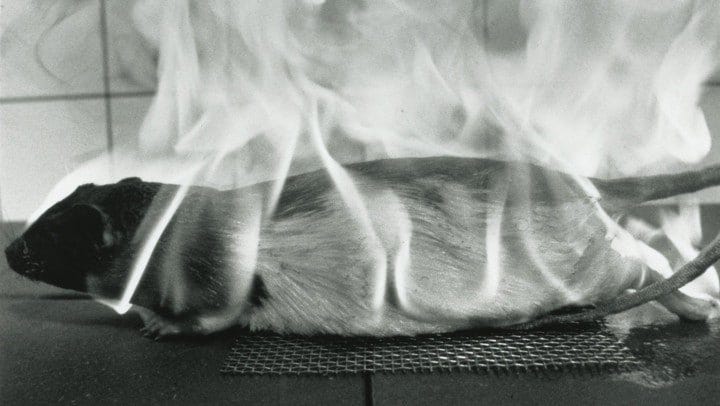Art of the Real Makes the Case for Reenactment

There is a moment in The Eternal Frame in which one of the participating reenactors exclaims, “This is really bad taste,” and then throws his head back in laughter. The film, made by two collaborating artist collectives, re-stages and parodies the assassination of John F. Kennedy. It culminates in a live reenactment at Dealey Plaza in Dallas, Texas, whe…
Keep reading with a 7-day free trial
Subscribe to Nonfics to keep reading this post and get 7 days of free access to the full post archives.



